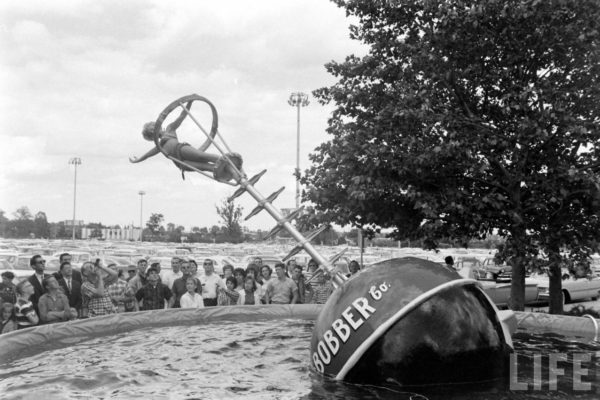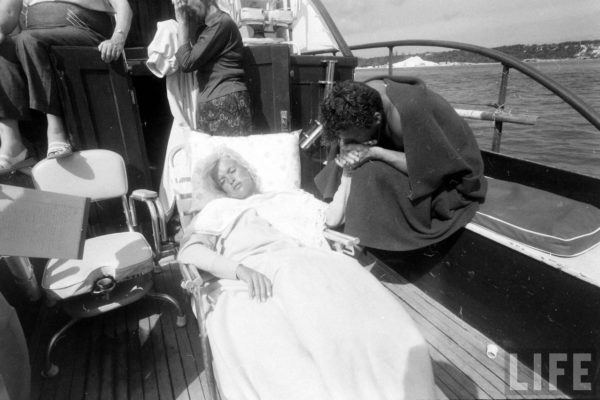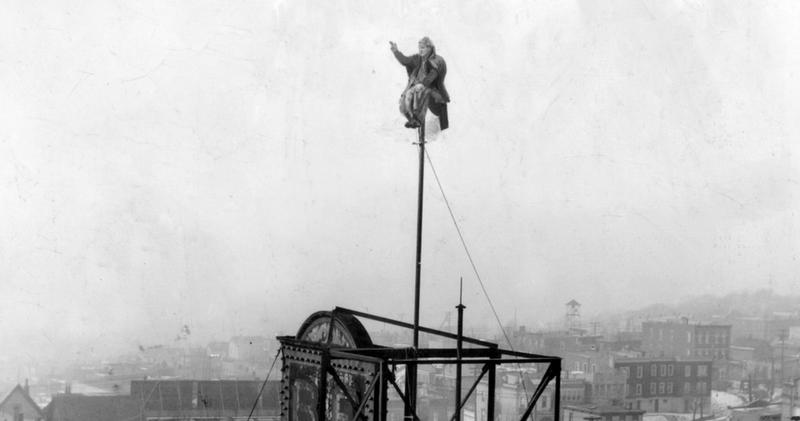
Forget planking – or any other useless but mildly entertaining stunts you might have seen via Tik Tok for that matter. Before all that, came the strange spectacle of pole-sitting, a fad that became all the rage in the 1920s involving sitting atop a pole (usually a flagpole) for as long as possible. Some folks made a career of it, pole-sitting for hundreds of days at a time to new records. And then there was this one guy who sat on one for 36 years, way back in the 5th century, but we’ll get to that in a moment …
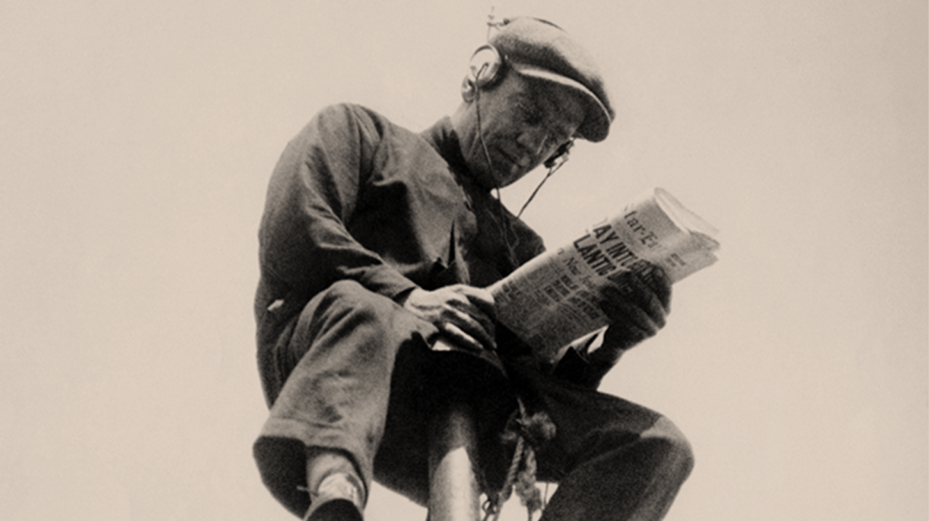
We can’t talk about pole-sitting without talking about Alvin “Shipwreck” Kelly, the original “influencer” for the roaring twenties craze. The aerial stuntman dubiously claimed to have been a survivor of the Titanic and called himself “the luckiest fool in the world.” He was first dared by a friend in 1924 to sit on a flagpole and succeeded in staying up there for 13 hours and 13 minutes. In an era without television, the odd stunt attracted considerable attention, prompting Kelly to travel around America charging admission for the spectacle, as well as earning endorsements for publicity stunts. He helped inaugurate new hotels and shops; attracted crowds for movie premieres and amusement parks, and once sat on a pole for 22 days at Madison Square Gardens during a dance marathon (another endurance fad) until the last dancers dropped.
It didn’t take long before pole-sitting fever had spread across the country, prompting amateur copycats and professional pole-sitters alike to seek out similar fame and fortune….
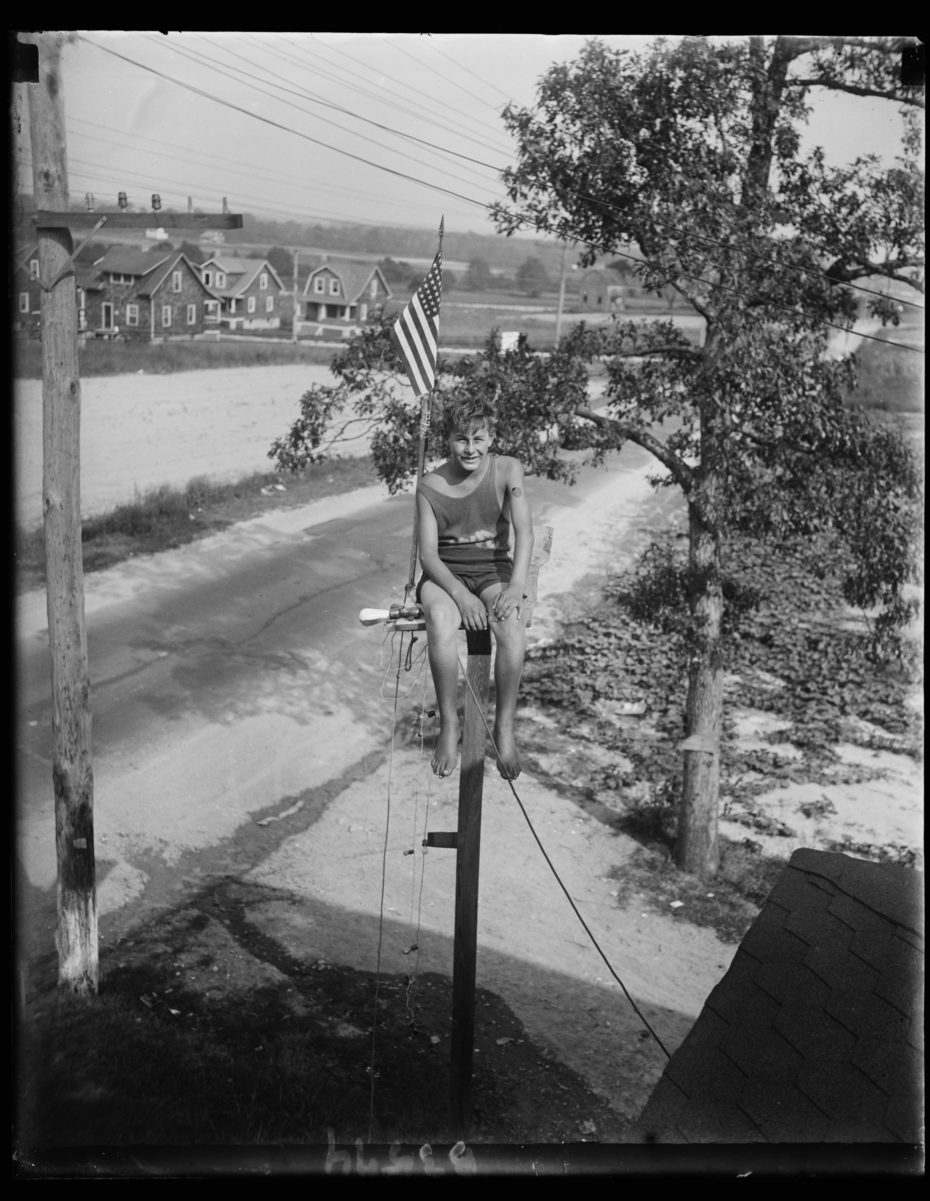
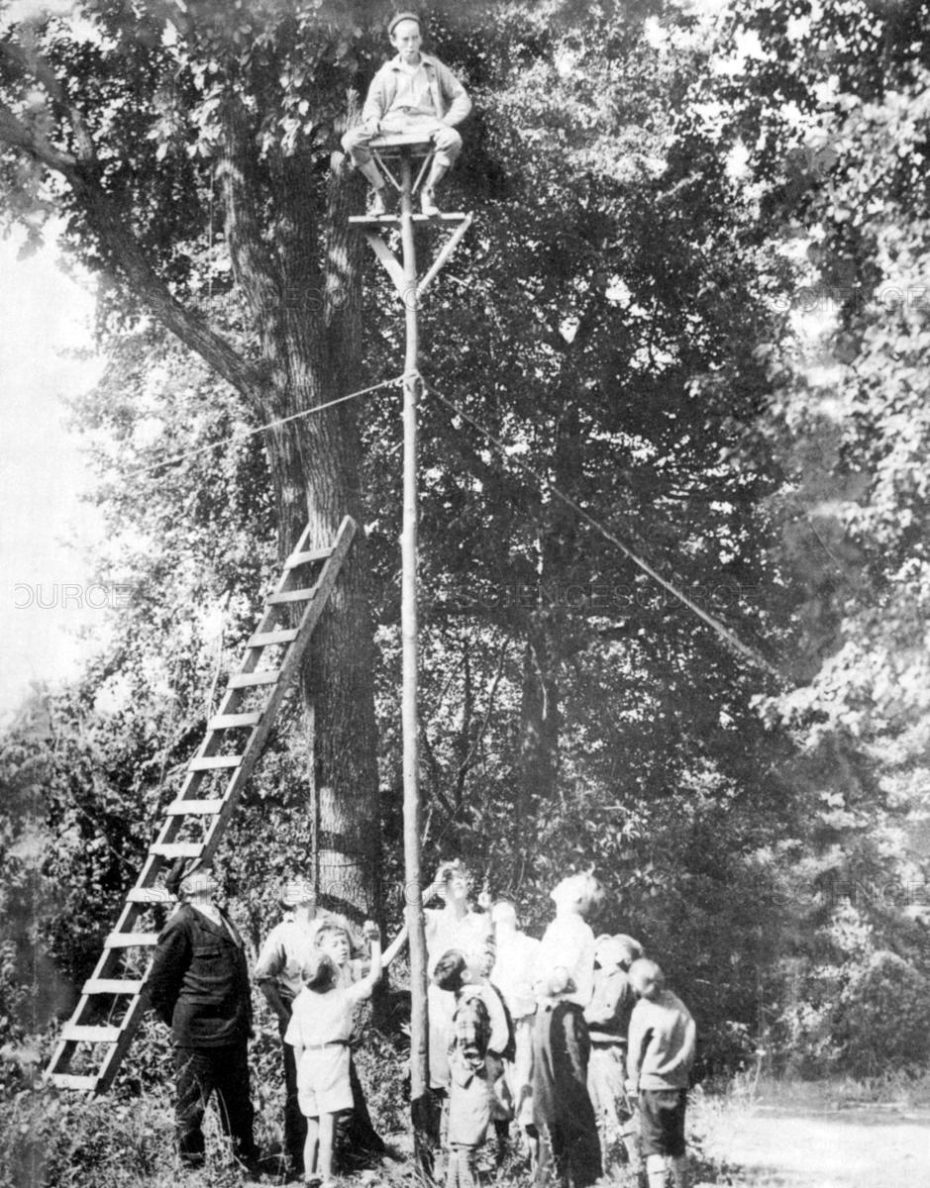
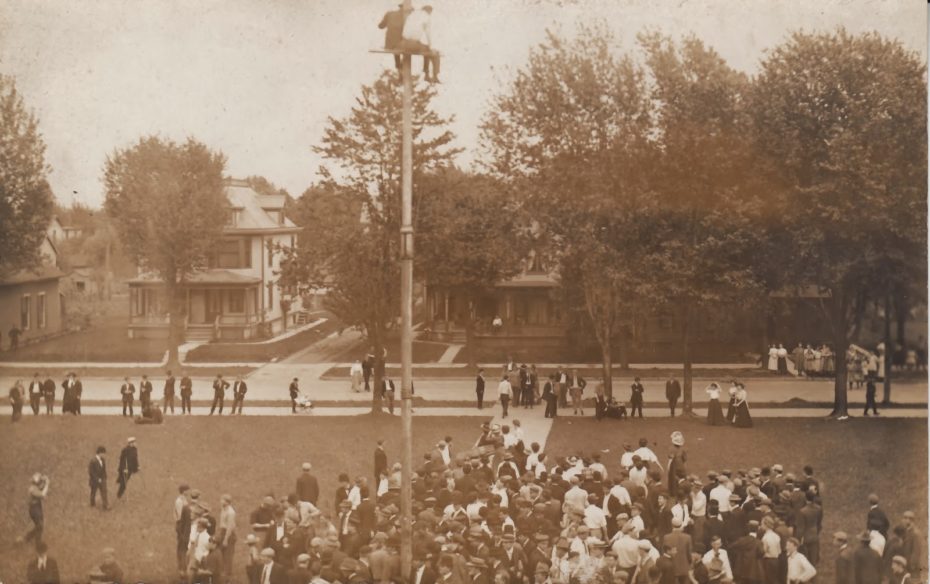
At the literal height of Kelly’s career in 1930, he set a world record by sitting atop a 225 foot tall flagpole in Atlantic City for 49 days and one hour. To keep himself from falling asleep, he would tie his ankles to the pole and was frequently pictured in the press hundreds of feet in the air brushing his teeth and shaving his face. His preferred form of nourishment was liquids (a lot of coffee) and cigarettes, which were hoisted up the pole by assistants using rope and pails. And to answer your burning question, to use the bathroom, “he turned away from the crowd and used a small tube that ran to the ground into a hole”.
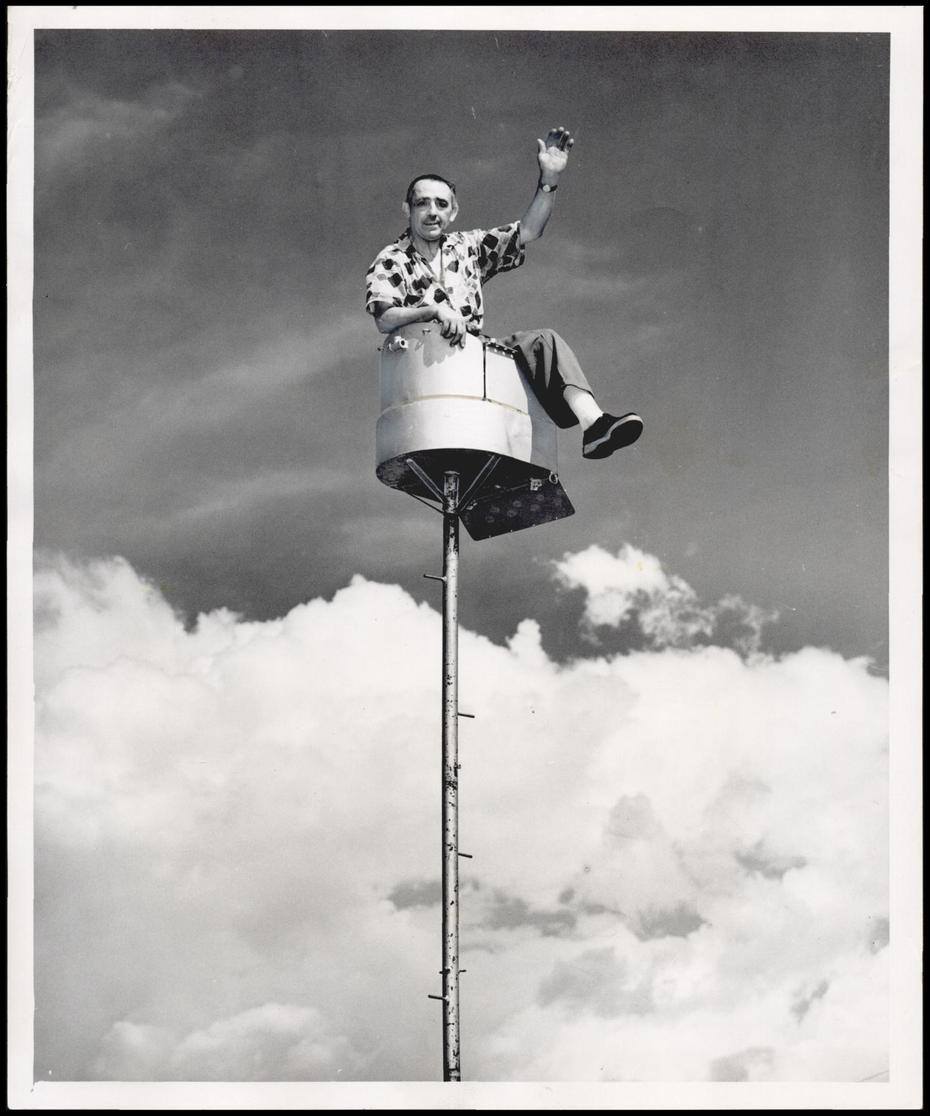
Alvin Kelly had numerous rivals, most notably Richard “Dixie” Blandy who was struck by lightening several times during his career, and famously drank 92 bottles of whiskey and smoking 3 packs of cigarettes a day during a 125 day sitting, 200 feet off the ground.
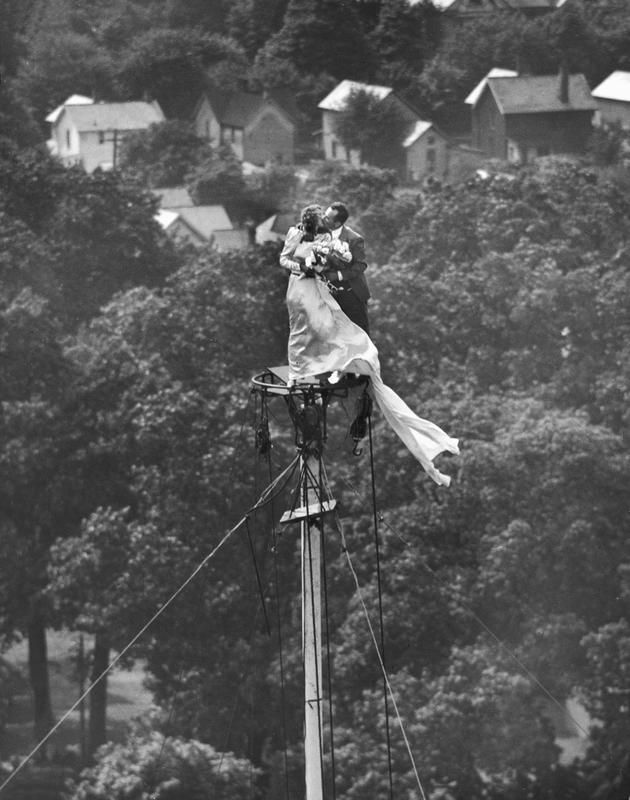
The novelty of pole-sitting mostly died out with the onset of the Great Depression, despite numerous attempts of a revival and an enduring audience over in the Netherlands, where sitting on a pole for hours on end is known as Paalzitten (and became a highly competitive sport there in the 1970s).
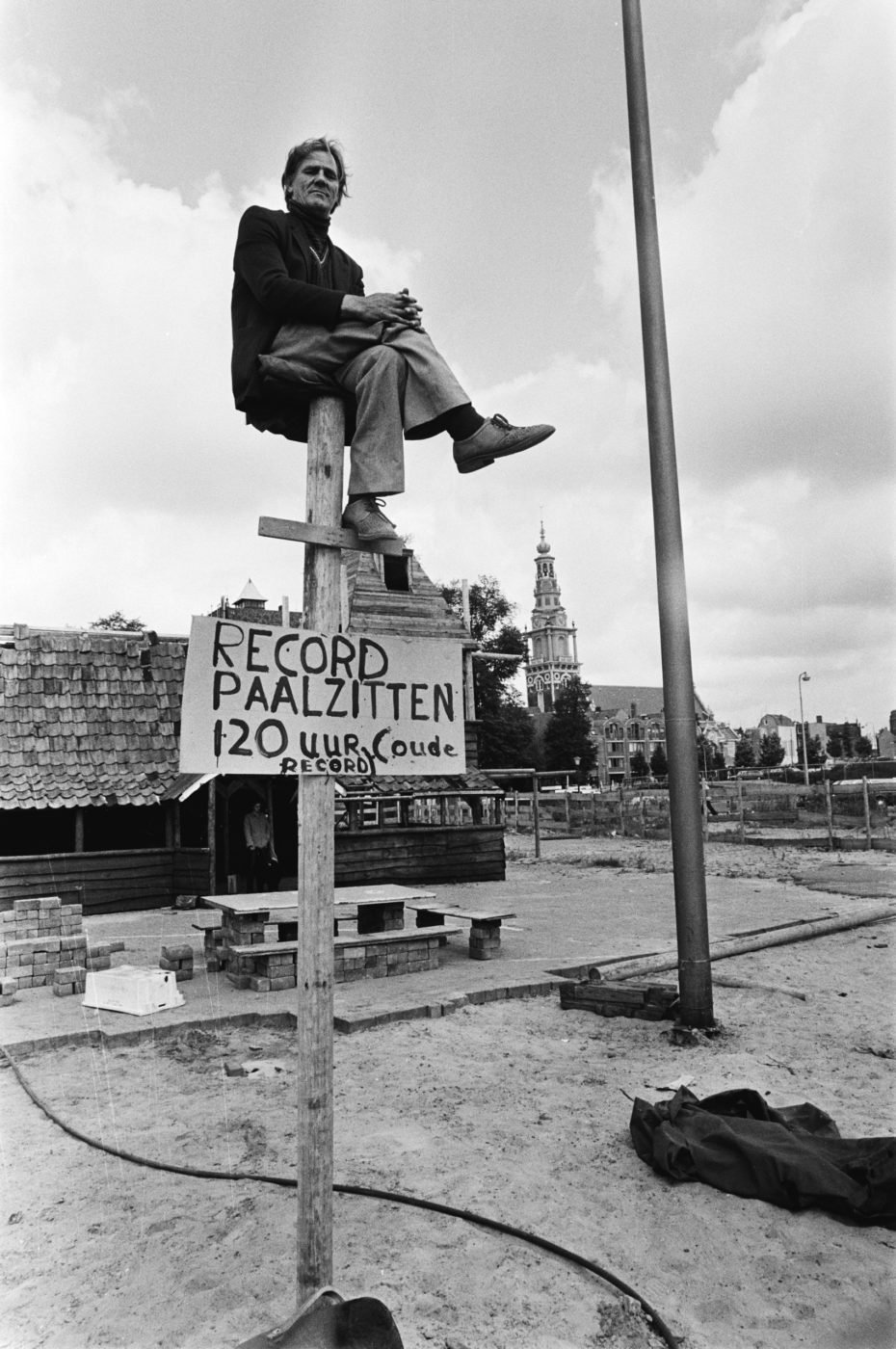
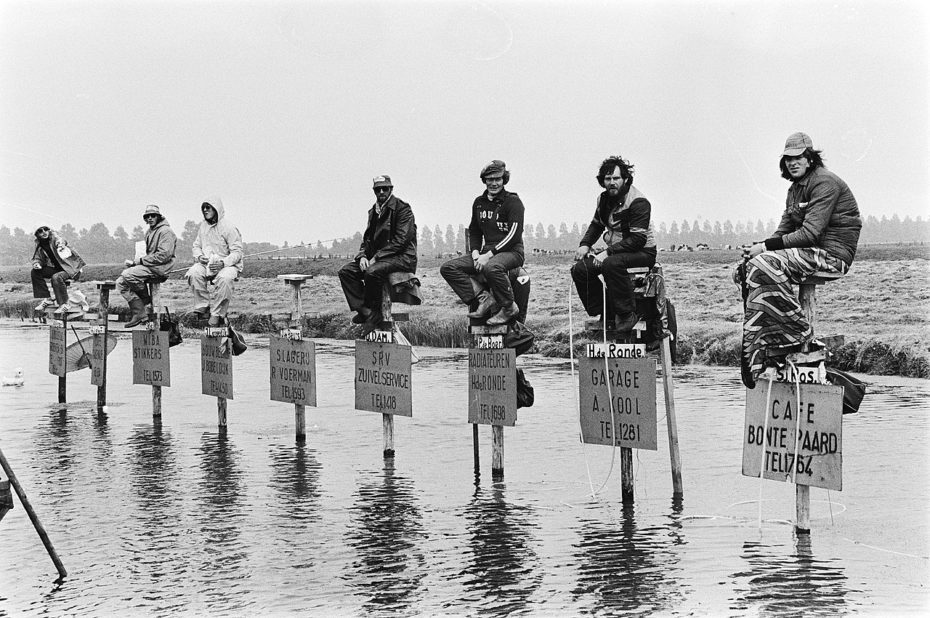
As for Alvin “shipwreck” Kelly, his life story took a sad turn that reads a bit like a tragic Hollywood drama. By 1934, a year after Dixie Blandly had stolen his title of champion pole-sitter at the Chicago World’s Fair, Kelly was making up for lost wages by working as a gigolo in a “dime and dance” Broadway dance hall. Penniless and all but forgotten, at his last flagpole-sitting appearance in 1952, he suffered two heart attacks which forced him to come down early and was hit by a car less than a week later. For a time his body was unclaimed at the morgue.
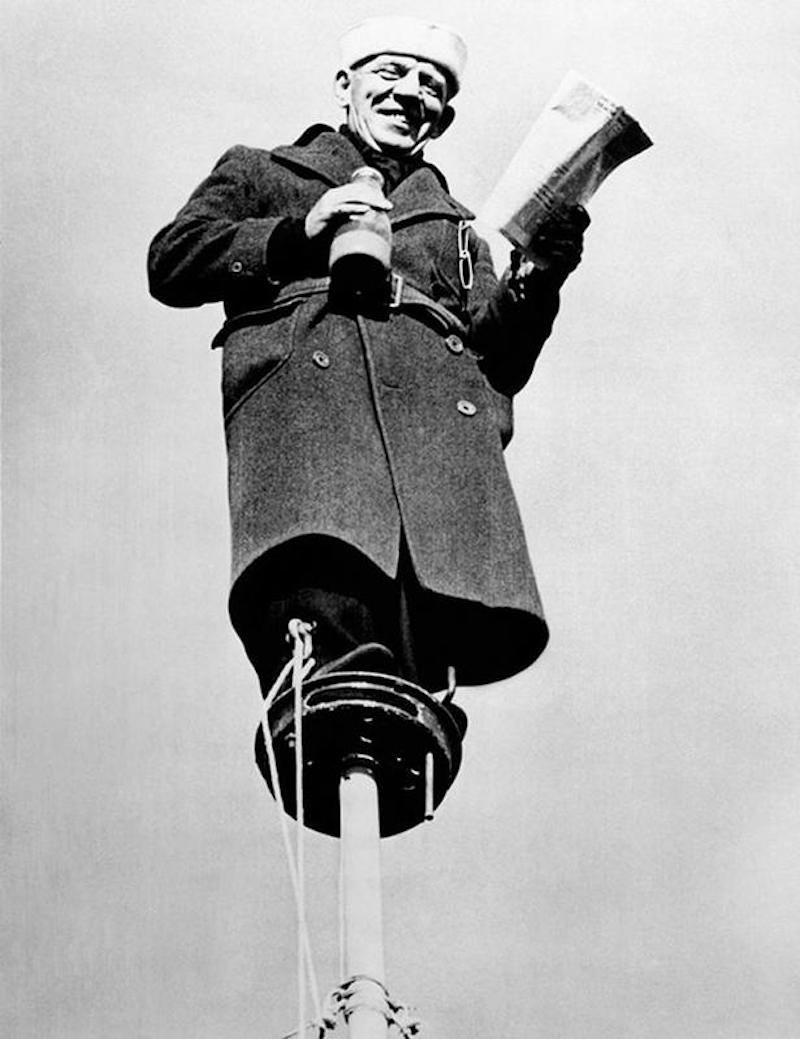
In 1964 Peggy Townsend Clark set the American pole-sitting record with 217 days in Alabama and in 1984, H. David Werder sat on a pole for 439 days to protest against the price of gasoline.
But perhaps the title of true champion pole-sitter belongs to the ancient “pillar dwellers” of yore. As it happens, pole sitting dates all the way back to the early days of the Byzantine Empire, when the discipline of stylitism or “column-sitting” could not only earn you public admiration, but sainthood.

The first and most well-known stylite was Simeon Stylites the Elder, a monk who climbed a pillar in Syria in the year 423 and stayed there for 37 years until his death. The idea was to find peace in prayerful concentration, but alas even back then, news of a guy living on top of a 50 foot column spread fast, attracting yet more pilgrims seeking his blessing and advice. He was visited by emperors and bishops. Genevieve, the patron saint of Paris, is said to have climbed a ladder to speak with him at a distance.
His pillar remained intact near Aleppo for centuries after his death until recently in 2016, when the site took a hit from a missile, reportedly from a Russian jet, leaving behind nothing but rubble.
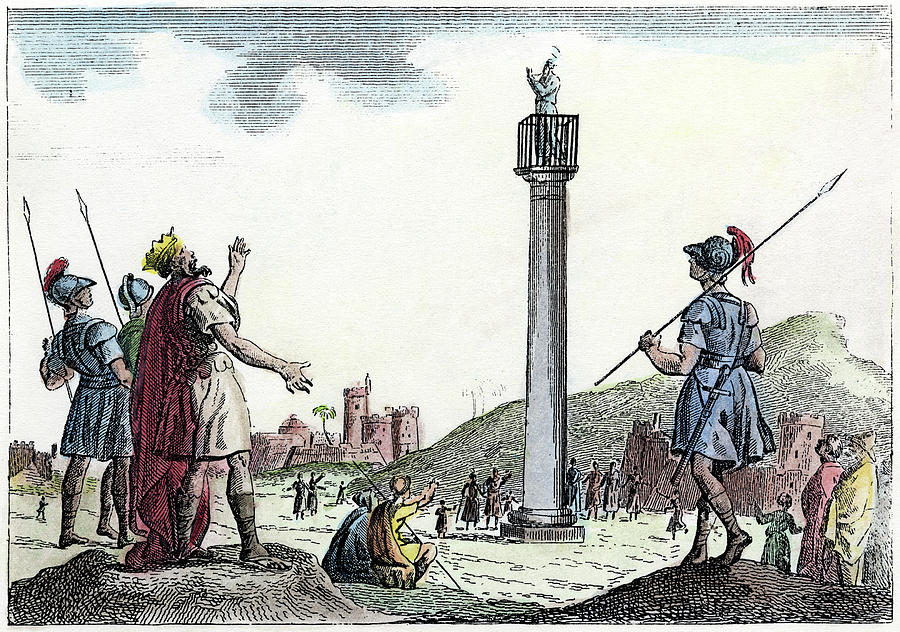
Simeon had numerous disciples and imitators in the region. One of them was Saint Alypius, who stood upright on a pillar for 53 years, and lay on his side for the remaining fourteen years of his life. A biblical settlement in Jordan has a preserved tower that has been interpreted as a stylite column:
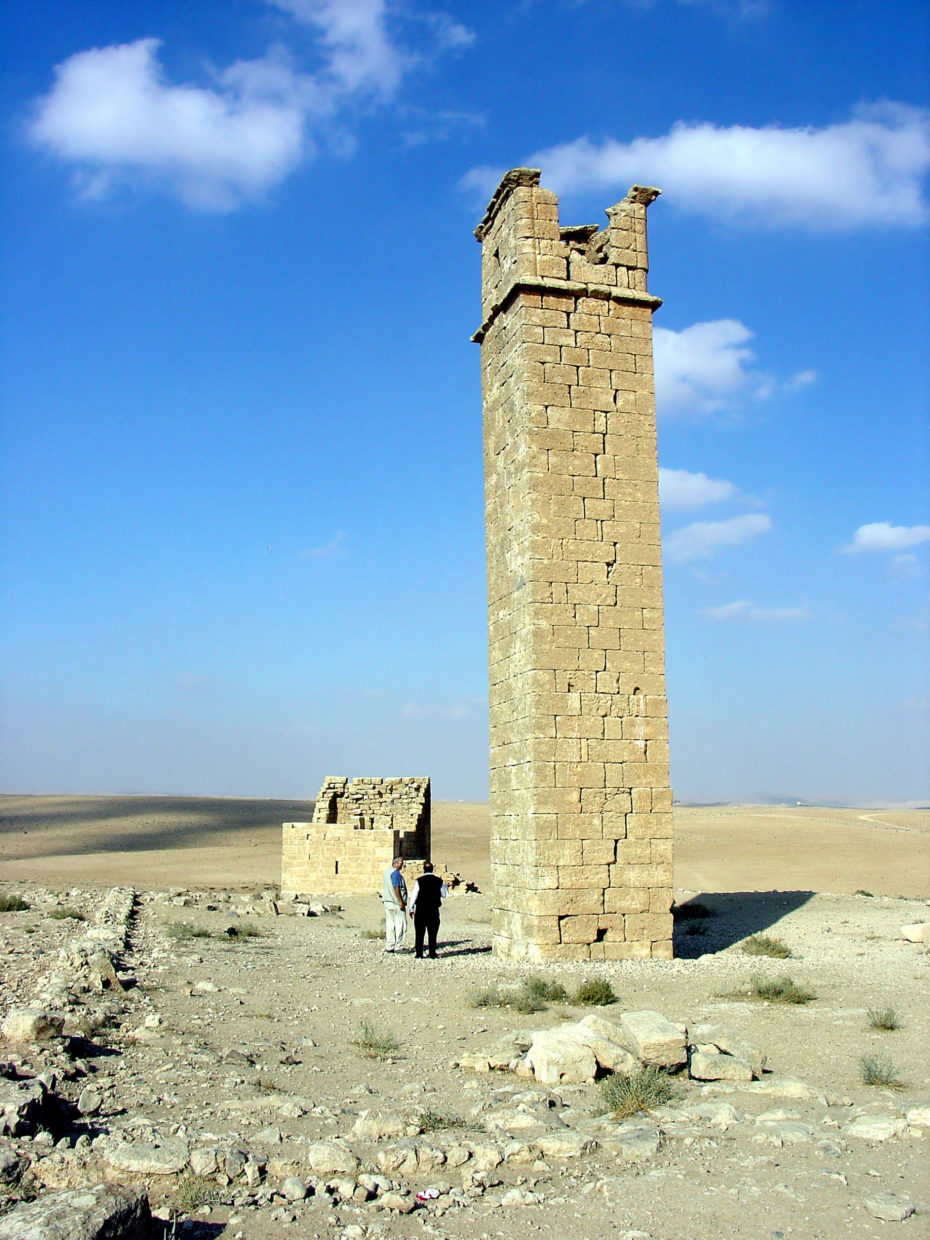
While the discipline has become virtually extinct in Christian asceticism, over in modern-day Georgia, there’s an Orthodox monk by the name of Maxime Qavtaradze, who has lived on top of Katskhi Pillar for 20 years, and comes down only twice a week.


Talk about social distancing. Whether you’re trying to avoid Corona or the latest Tik Tok fads, who’s up for a revival of pole-sitting?







